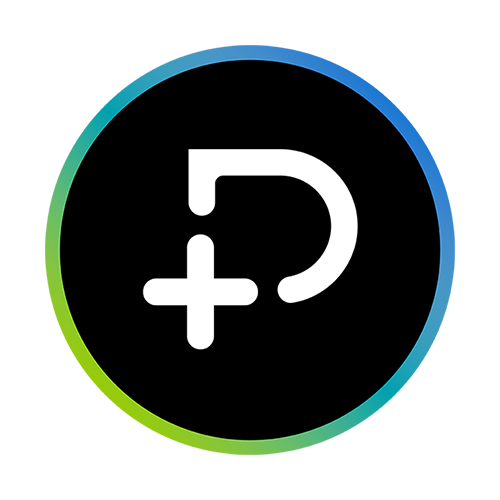
How Small UX Teams Make a Big Impact
 3 min
3 min
The biggest hurdle any small team faces is the limitation of resources. As a small design team in a large organization, we are no different. In addition, our portfolio has a mix of legacy and new products, which make allocating resources a challenge. We don’t need dedicated resources to maintain a legacy product, but we do need to have consistency and ensure all products are continually updated with incremental improvements. This challenge has led to the creation of an internal service, called UX as a Service (UXaaS), for teams without dedicated UX design resources. UXaaS helps product engage with the UX design team to review the product design and receive clear, prioritized, actionable recommendations.
This service helps the design team tackle the three common challenges that we see in practice:
Late or No-Engagement
UX designers are often considered as the ones who “make things pretty.” With this mindset, it can be hard to get stakeholders to engage the UX team early in the development process.
To bring our UX team onto a project, any team requesting the UXaaS needs to fill out details and include project background. This process helps us understand the context, key persona, and the usability issue being addressed. When both teams are aligned, we can provide on-the-spot, feasible solutions within the scope and technical constraints. We create design roadmaps for the teams to accomplish the overall vision in phases. Most importantly, we prioritize our feedback from high to low impact to explain why and how the design changes will improve the user experience.
UXaaS is designed to be a meaningful, lightweight, and quick consultation process that also provides an opportunity to help evangelize and educate teams about the value of user experience design.
Lack of Consistency
An inconsistent design results in a cumbersome user experience. It decreases the usability and learnability of the product. Additionally, the code gets bloated and is difficult to maintain.
To combat this issue, during each UXaaS session we refer to our established design system and do our best to help teams become familiar with the patterns and components in the system. The guidelines we provide ensure that even when a team does not have a dedicated UX designer, they can follow our general guidelines to maintain consistency.
In addition to the design system, we also refer to the design principles that help each team standardize their screen. We use three unique design principles along with Jacob Nielson’s top 10 usability heuristics to guide the product and engineering teams. These principles ensure the harmonious and cohesive experience of each touchpoint that our users encounter.
Lack of Feedback/Measurement
As Peter Drucker said, “you cannot manage what you cannot measure.” The business cannot allocate resources if the return cannot be determined.
Measuring design impact within the company is vital for a design team’s growth. Each time there is a request for the UXaaS, we track and monitor the overall inquiries using three key metrics:
1. How often does each department and product need these review sessions?
2. When the teams engage us in the development cycle?
3. How long does each session last?
These insights help the UX team continue to modify our strategy and shape the design culture in our company.
Small but Mighty
The journey to creating a great user experience for a small team or individual can be long and uphill. However, there are many positives associated with smaller team size, including the advantage of being flexible, innovative, and the owner of the decision-making process. Our size also means that we can shape, influence, and create a great culture of user experience for our organizations.
December 8, 2021






